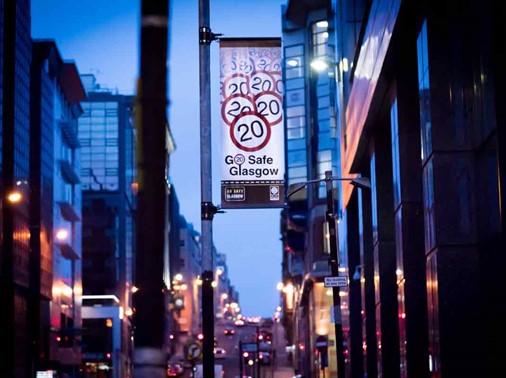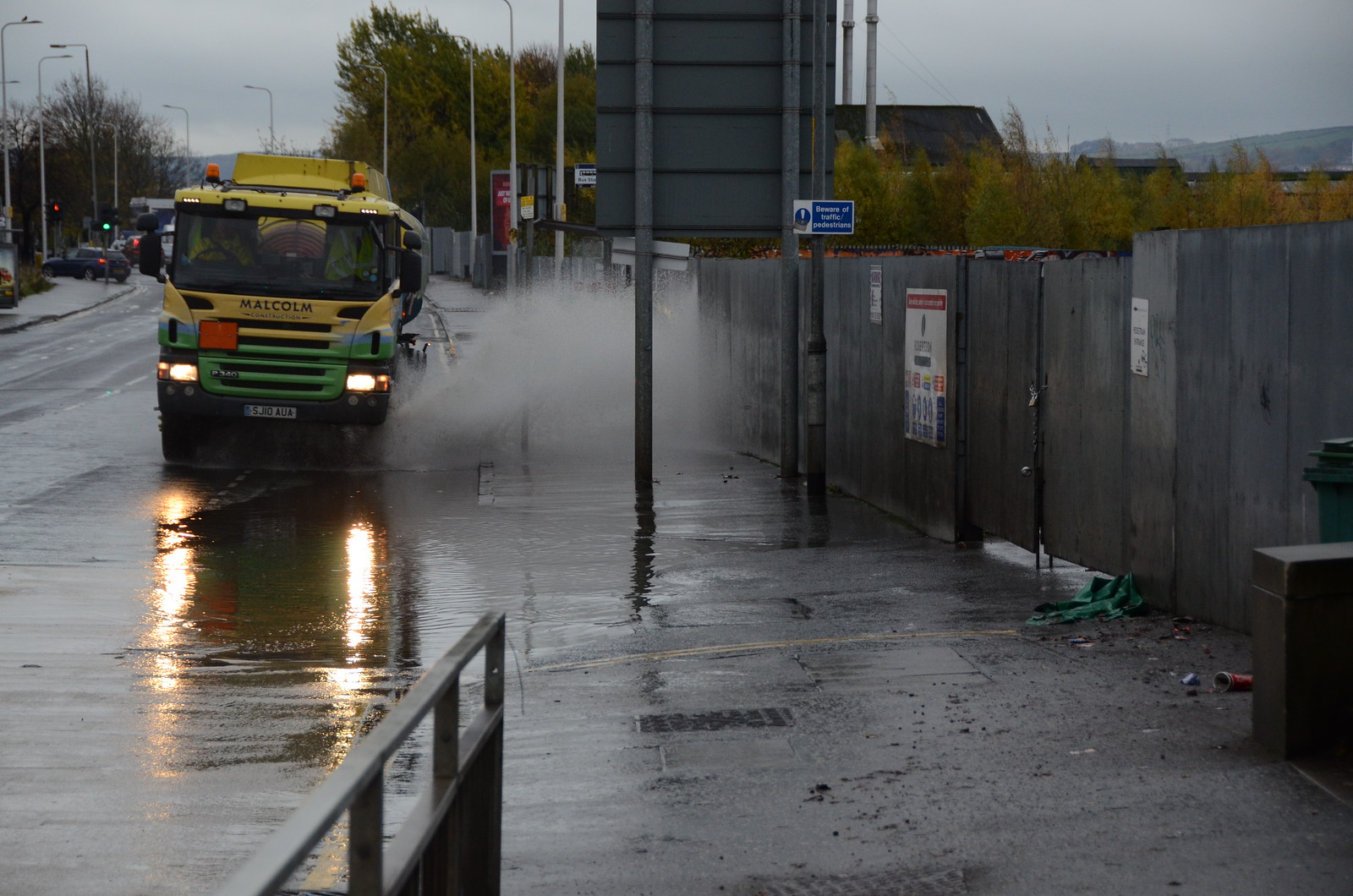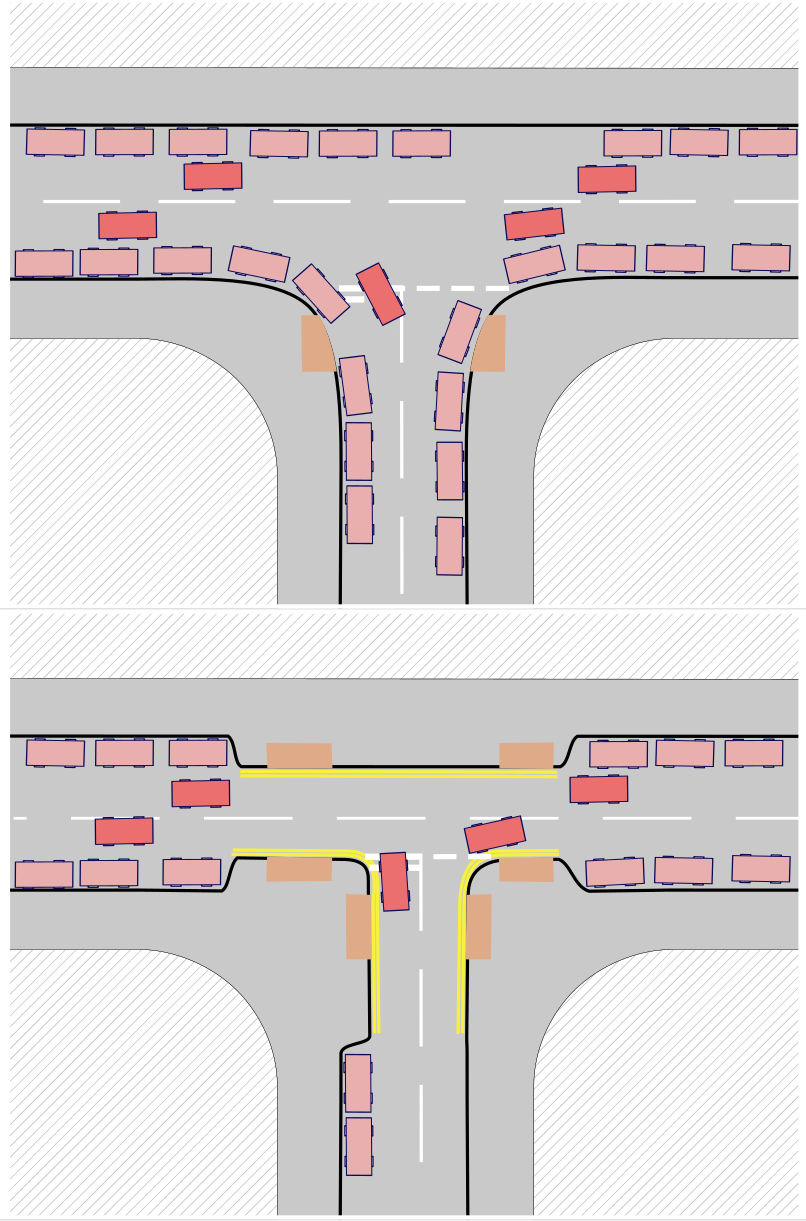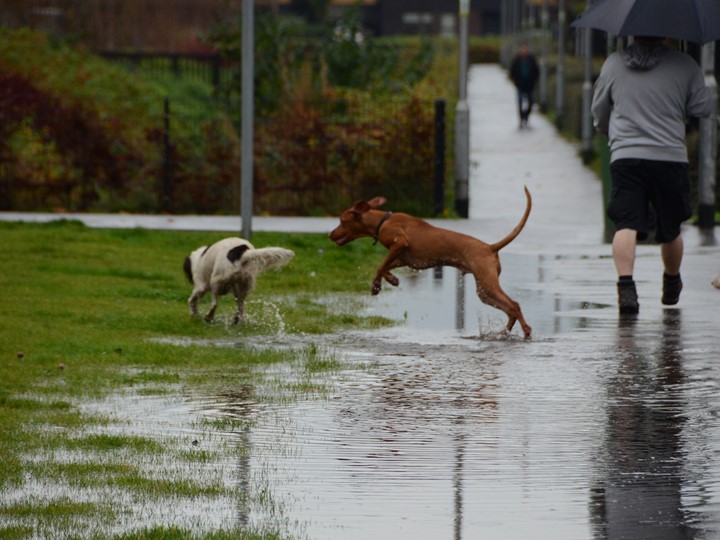BUT THERE’S ALREADY A WALKING NETWORK?!
As we launch our latest reports: Better Streets: Key Issues Across Scotland and Better Streets: Ideas for Change, our Technical Coordinator, Robert Weetman, discusses the challenges faced by pedestrians and communities across Scotland.
For the last two years, I’ve spent much of my work for Living Streets inspecting little bits of Scotland, asking in detail what conditions are like for pedestrians at each location.


I’ve looked at a vast variety of places; industrial towns, commuter towns, rural villages, and our cities— at central locations and suburbs— and from Aberdeenshire to the Borders, from Inverclyde through to Edinburgh.
It’s safe to say that what I’ve seen isn’t good. And in many or most cases, it’s horribly poor.
The blog introduces two new reports - one on problems and one on solutions:
In producing these reports, I’ve asked myself this: why isn’t there more fuss? Why have we come to accept that current conditions for pedestrians are, broadly speaking, reasonable? Why do so many believe that the problems are simply a lack of maintenance, a lack of dropped kerbs, and perhaps a bit of pavement parking? Where’s the vision of change? We’ve spent sixty to eighty years planning our cities around the idea that their vitality will rely on smoothly moving traffic… chasing an unattainable ideal ever further from reach. What has this done to our communities? Why don’t we talk more about the damage? What do I need to do to emphasise the scale of change required?
I sometimes hear professionals involved in trying to improve active travel expressing the idea that “at least we already have a walking network” before explaining their plans for developing a cycling network. I think the feeling is that infrastructure for pedestrians is almost acceptable – but infrastructure for cycling is almost entirely absent. To be clear, I absolutely agree that conditions for cycling are incredibly poor and that we’re a long way from achieving conditions that would allow cycling to become an ordinary mode of transport. But this blog, and these two reports, highlight that many of the improvements we need for pedestrians, and many of those we need to support cycling, are one and the same.
To make a substantial difference to either, we need a focus on both. And to make a difference, we need to step out of what I call ‘route-based thinking’.
Even in the Netherlands most streets don’t have cycle tracks on them, and people certainly don’t need to stick to cycle routes to complete a journey by bicycle. To make their streets better for cycling, for pedestrians, and for residents, they’ve substantially changed how they are designed. Building a few cycle routes here isn’t going to make any significant difference to cycling when even our smallest residential streets are designed to prioritise vehicle movement or parking. Calling a cycle route an ‘active travel route’ isn’t going to make it any more significant for pedestrians than if we call it a cycle route. And while the idea of ‘walking routes’ isn’t entirely without value, the idea that we’ll substantially improve things with some strategic ‘walking routes’ is really to misunderstand the problem.
So what exactly are the problems we need to fix for pedestrians? And, in detail, what might our roads look like if we fixed them?
The reports featured on this blog were produced through our work with the Social Housing Partnership Fund, which allowed us to inspect conditions around Scottish social housing. This housing is well spread across our communities, and we think it provides a picture of conditions for all communities across all of urban Scotland. There are 47 local reports, each available on our webpage on this project, and we believe these provide compelling evidence of profound problems, and of the need for a much more comprehensive vision of change.
Better Streets: Key Issues Across Scotland details these problems, presented according to the following themes:
- Poor footway (pavement) quality - looking at issues like surface, width, and the design or absence of dropped kerbs, but also poor overall footway designs.
- On street parking dominating streets – looking at how this restricts crossing opportunities and obscures sight lines between pedestrians and drivers.
- Minor junction design – looking at how typical design prioritises vehicle movement, even on local streets.
- The dominance of middle-status streets – looking at how many of our streets neither have proper support for pedestrians to cross, nor a design adequate to slow traffic.
- Passive surveillance – looking at how important it is for key pedestrian journeys to be on paths and streets which have windows overlooking them.
- Limited availability of walkable facilities – looking at the absence of local shops, and how often people are faced with long or unpleasant walks to supermarkets or other key facilities.
- Major roads – looking at the presence and design of roads where the pedestrian environment is particularly poor and opportunities to cross are limited, and at the effects these have on many pedestrian journeys.


Better Streets: Ideas for Change provides ideas on how we might tackle each of these issues. While strategic change is also needed, such as in the use of low traffic neighbourhoods, this report focuses on wider details which matter as part of that strategic change.
- Can we map areas lacking passive surveillance?
- What do we mean when we say that key facilities should be within a community?
- What’s the problem with typical distributor roads?
- What should we do with all the middle-status roads – not busy enough for crossings or traffic lights to have been provided, but only safe for fit and able-bodied adults to cross without fear?
- How can we design streets so that, even in the presence of the same parked vehicles, pedestrian movement and other uses of the street are enabled?
- What can we do to improve how private entrances are designed?
- How much do we need to re-design minor junctions?
- Can we change major roads so they carry the same traffic more calmly?
Our project work with the Social Housing Partnership Fund continues with ongoing support for housing associations available. We may have an opportunity to adapt, correct, or add to these reports again this year. What’s missing from these? What would make them more useful? Please let us know.

About the author
Robert Weetman
Robert Weetman, Technical Coordinator